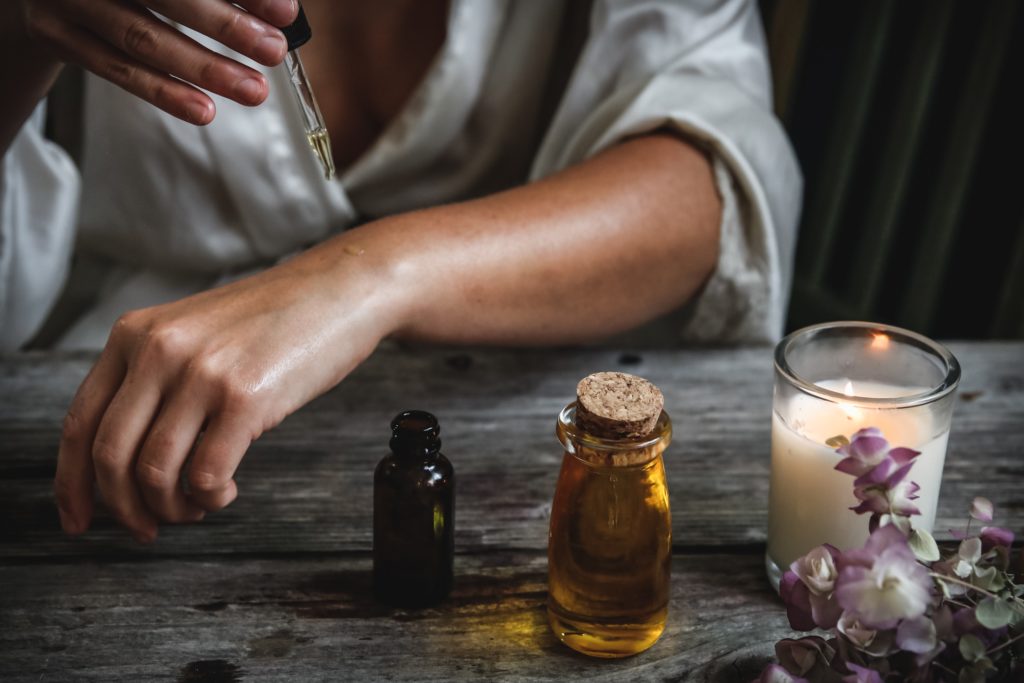Tea tree oil is also known as melaleuca oil, and is an oil made up of leaves from an Australian plant called the Melaleuca alternifolia.
The oil has a wide range of uses and you would not want to live without it once you have started. From skin to hair and nails, tea tree oil is the best natural oil to use.
We take a look at a few things that tea tree oil may help for, according to Healthline and Medical News.
Hand sanitiser
Tea tree oil in a hand sanitiser helps not only to keep your hands from drying out but is also responsible for killing germs for colds, flu and many other illnesses.
Dry skin and eczema
Tea tree oil helps to soothe itchiness and irritation caused by dry skin and also soothes and moisturises the areas affected by skin conditions like eczema.
Insect repellent
Tea tree oil has shown to kill or keep insects away and it is so much more effective than other insecticides that can be harmful to the environment.
Head lice
Head lice are becoming resistant to other medical treatments. Tea tree oil kills lice in exactly 30 minutes and a mixture of tea tree and lavender oils suffocates them.
Acne
Tea tree oil is the best for acne and those who have sensitive skin because it is an anti-inflammatory and antibacterial oil in one. It calms redness, swelling and any inflammation.
Antiseptic for cuts and scrapes
Tea tree oil disinfects and treats any open wounds. Be sure to clean the wound properly first with soap and water to prevent germs from causing an infection. Continue using the oil and your wound should heal in no time.
A chemical-free mouthwash
Mix a bit of tea tree oil with water to dilute it and rinse your mouth. This prevents bad breath, gingivitis and plaque all round.
Tight chests
Tea tree could be good for those who have asthma. Put a few drops in your humidifier and let it run.
Be sure to never use tea tree oil orally, here are the risks:
- severe rashes
- blood cell abnormalities
- stomach ache
- diarrhea
- vomiting
- nausea
- hallucinations
- confusion
- drowsiness
- coma
Picture: Unsplash

